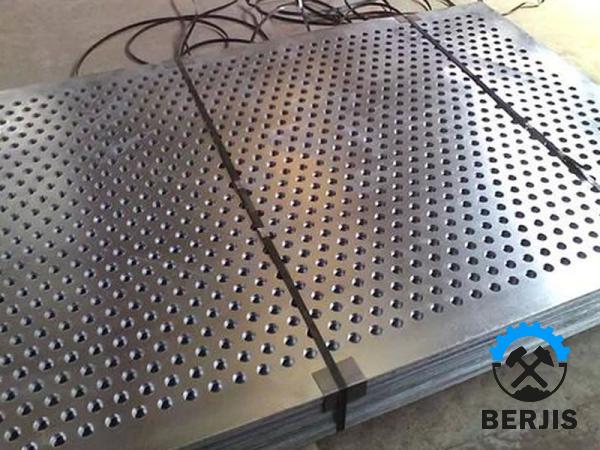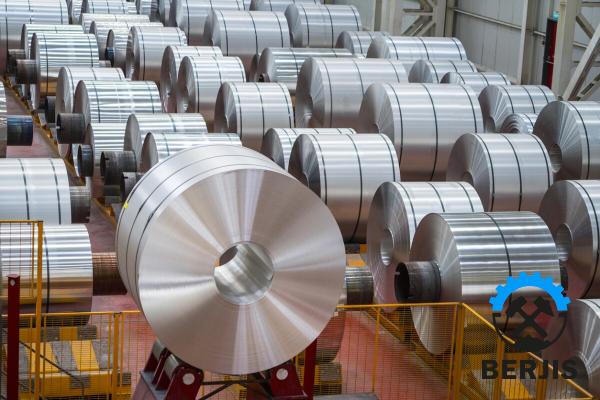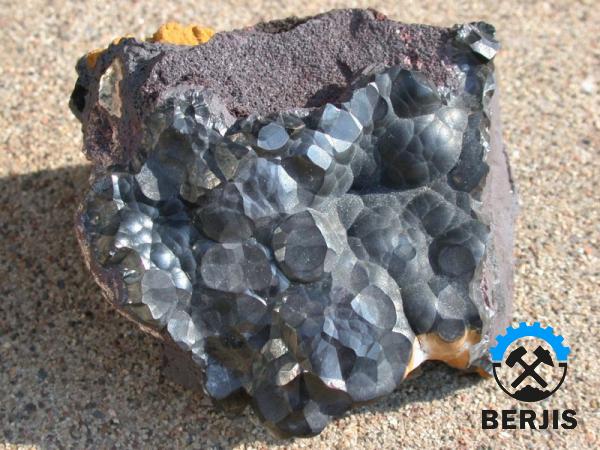In the world of steel, there are two common methods of production that significantly affect the mechanical properties of the final product – hot rolling and cold rolling. Manufacturers and engineers must carefully consider these methods, as they play a crucial role in determining the strength and overall quality of the steel. In this article, we will delve into the strengths of both hot rolled and cold rolled steel, highlighting their differences and their respective applications. Hot Rolled Steel: Hot rolled steel refers to the process in which steel is formed at temperatures above its recrystallization temperature. As the steel heats up, it becomes more malleable and easier to shape. This red-hot material is then passed through rollers, compressing it into the desired shape and size. Hot rolled steel is characterized by its rough surface and a scaled finish. Strength of Hot Rolled Steel: Hot rolled steel has remarkable strength, primarily due to the absence of strain hardening during its production process.
.
 This lack of strain hardening allows the steel to retain its ductility, making it highly suitable for structural applications. It possesses excellent toughness, making it less prone to crack propagation under impact or heavy loads. Applications of Hot Rolled Steel: The inherent strength and ductility of hot rolled steel make it ideal for various construction applications, including building frames, beams, and columns. It is commonly used in bridges, shipbuilding, machinery, and automotive industries. The rough surface texture of hot rolled steel provides effective adherence for coatings and paints, further enhancing its application versatility. Cold Rolled Steel: Cold rolled steel, on the other hand, is produced at room temperature, hence its name. It undergoes a process of passing hot rolled steel through a series of rollers at room temperature, resulting in a smoother and more polished surface texture.
This lack of strain hardening allows the steel to retain its ductility, making it highly suitable for structural applications. It possesses excellent toughness, making it less prone to crack propagation under impact or heavy loads. Applications of Hot Rolled Steel: The inherent strength and ductility of hot rolled steel make it ideal for various construction applications, including building frames, beams, and columns. It is commonly used in bridges, shipbuilding, machinery, and automotive industries. The rough surface texture of hot rolled steel provides effective adherence for coatings and paints, further enhancing its application versatility. Cold Rolled Steel: Cold rolled steel, on the other hand, is produced at room temperature, hence its name. It undergoes a process of passing hot rolled steel through a series of rollers at room temperature, resulting in a smoother and more polished surface texture.
..
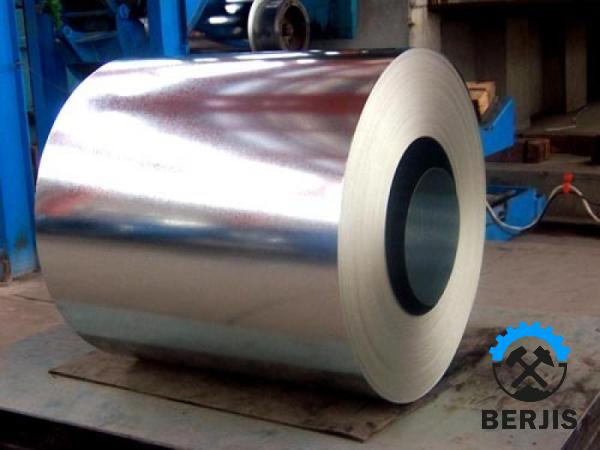 Cold rolled steel possesses a higher degree of dimensional accuracy and improved surface finish compared to hot rolled steel. Strength of Cold Rolled Steel: Although cold rolled steel has a smoother appearance, it generally exhibits lower strength properties than its hot rolled counterpart. The introduction of strain hardening during the cold rolling process improves yield and tensile strength but reduces ductility. The increased strength makes cold rolled steel suitable for applications where precise dimensions and a higher strength-to-weight ratio are required. Applications of Cold Rolled Steel: Cold rolled steel finds extensive applications in industries such as automotive manufacturing, electrical appliances, and metal furniture. Its smooth and polished surface makes it an ideal choice for aesthetic purposes, including decorative fixtures, panels, and cladding.
Cold rolled steel possesses a higher degree of dimensional accuracy and improved surface finish compared to hot rolled steel. Strength of Cold Rolled Steel: Although cold rolled steel has a smoother appearance, it generally exhibits lower strength properties than its hot rolled counterpart. The introduction of strain hardening during the cold rolling process improves yield and tensile strength but reduces ductility. The increased strength makes cold rolled steel suitable for applications where precise dimensions and a higher strength-to-weight ratio are required. Applications of Cold Rolled Steel: Cold rolled steel finds extensive applications in industries such as automotive manufacturing, electrical appliances, and metal furniture. Its smooth and polished surface makes it an ideal choice for aesthetic purposes, including decorative fixtures, panels, and cladding.
…
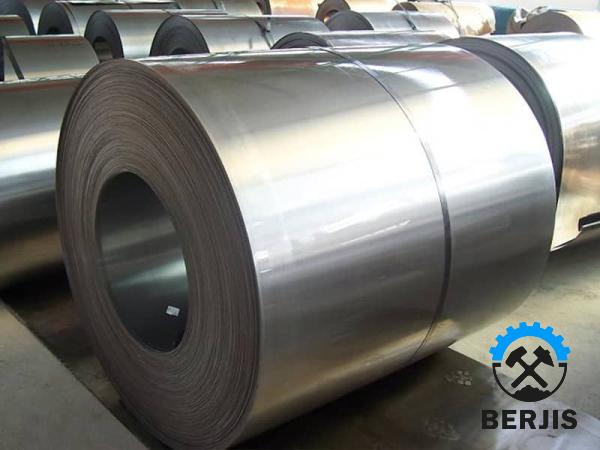 Additionally, cold rolled steel is chosen for applications that prioritize dimensional accuracy, such as high precision components or parts that require tight tolerances. Conclusion: Understanding the differences in strength between hot rolled and cold rolled steel is crucial when selecting the appropriate steel type for a specific application. Hot rolled steel offers exceptional toughness and ductility, making it suitable for structural purposes, while cold rolled steel provides improved surface finish and dimensional accuracy for aesthetic and precision-oriented applications. Both types of steel have their unique strengths and applications, and engineers must analyze their project requirements to make an informed decision.
Additionally, cold rolled steel is chosen for applications that prioritize dimensional accuracy, such as high precision components or parts that require tight tolerances. Conclusion: Understanding the differences in strength between hot rolled and cold rolled steel is crucial when selecting the appropriate steel type for a specific application. Hot rolled steel offers exceptional toughness and ductility, making it suitable for structural purposes, while cold rolled steel provides improved surface finish and dimensional accuracy for aesthetic and precision-oriented applications. Both types of steel have their unique strengths and applications, and engineers must analyze their project requirements to make an informed decision.

